
That’s the title of the latest “Water Primer” from Bank of America Merrill Lynch Research. I can’t post the entire 185 page report, but it dramatically frames the issue before diving into details and discussing investment, and geopolitical risk, implications. I can, however, provide parts of the executive summary, see below. While this is a global report, and the US is in the “medium risk” category, to continue to act like we are immune to the threat is foolhardy and irresponsible. Locally, we remain focused on buttressing and funding a water system whose foundation was laid over a century ago. A system that is no longer adequate and, even with proposed investments, will not meet our needs in the future if climate projections prove accurate.
Read More »
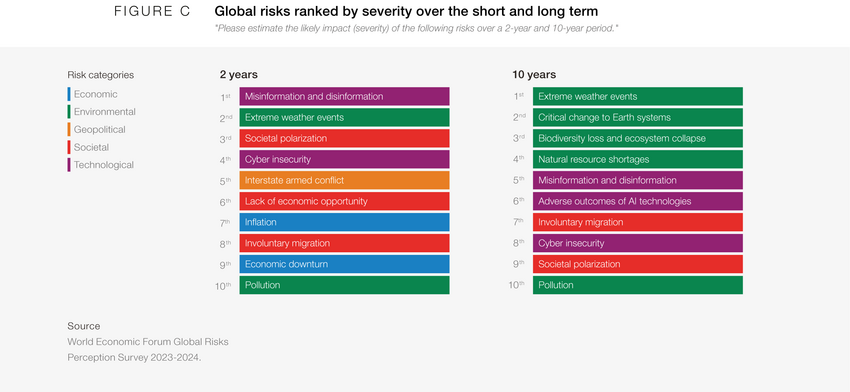
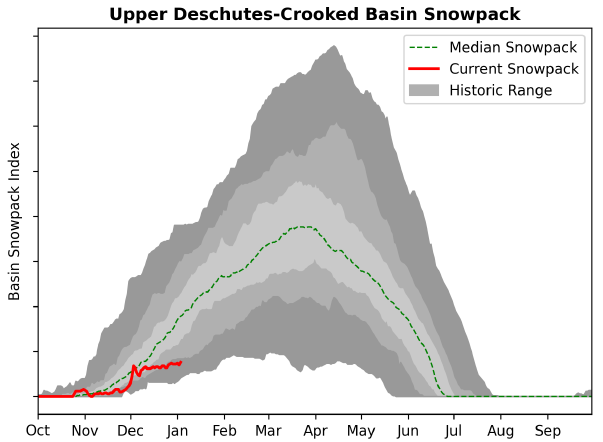









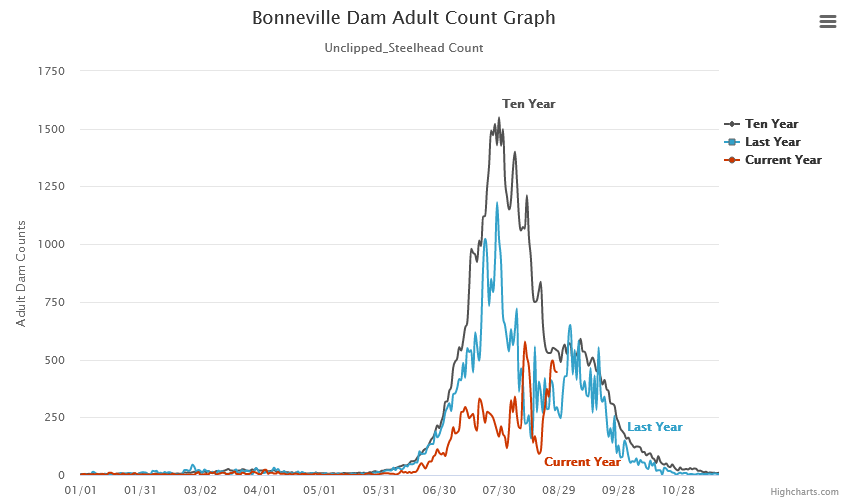




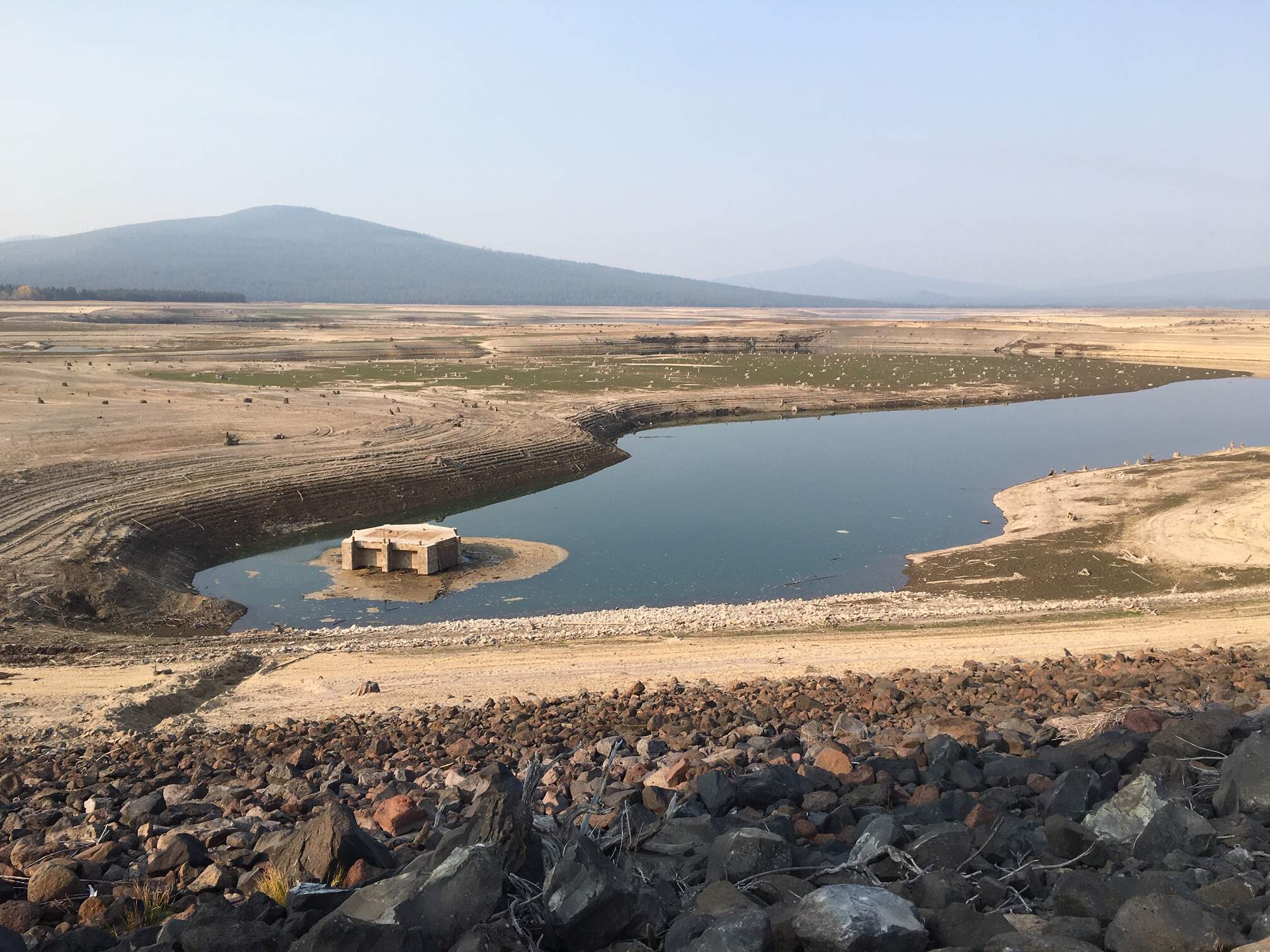

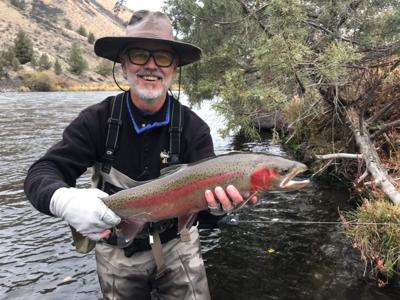








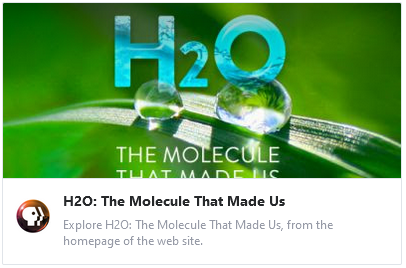

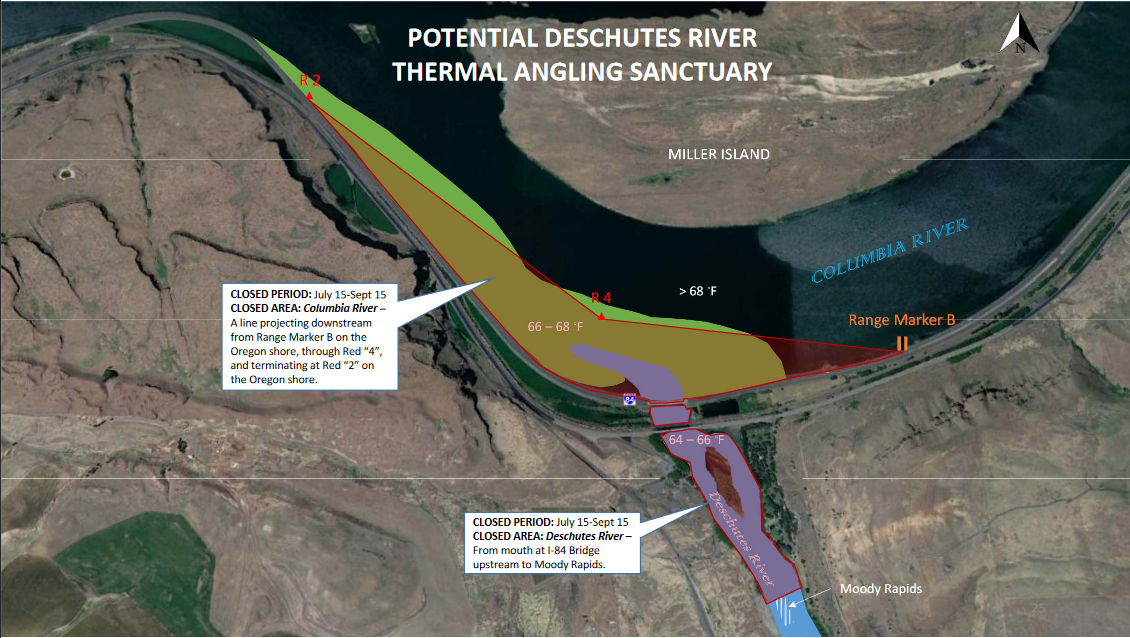




 A rare but welcome
A rare but welcome 

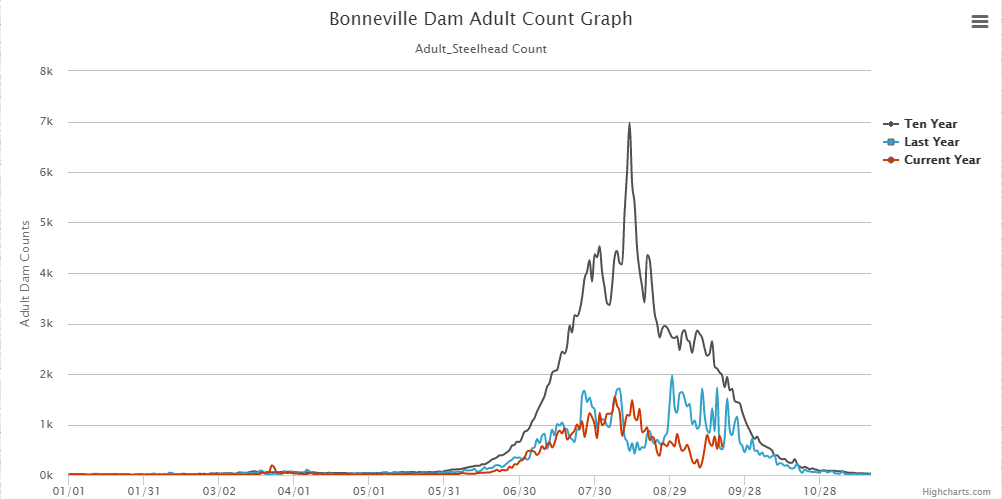 Source:
Source: 
 Headwaters of the Deschutes at Little Lava Lake on 5/12/19. A dry river.
Headwaters of the Deschutes at Little Lava Lake on 5/12/19. A dry river.



